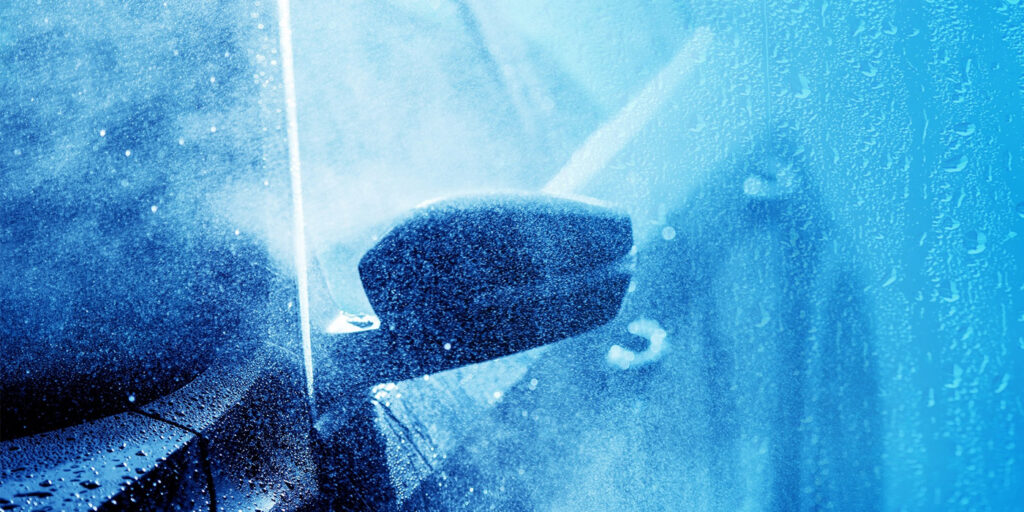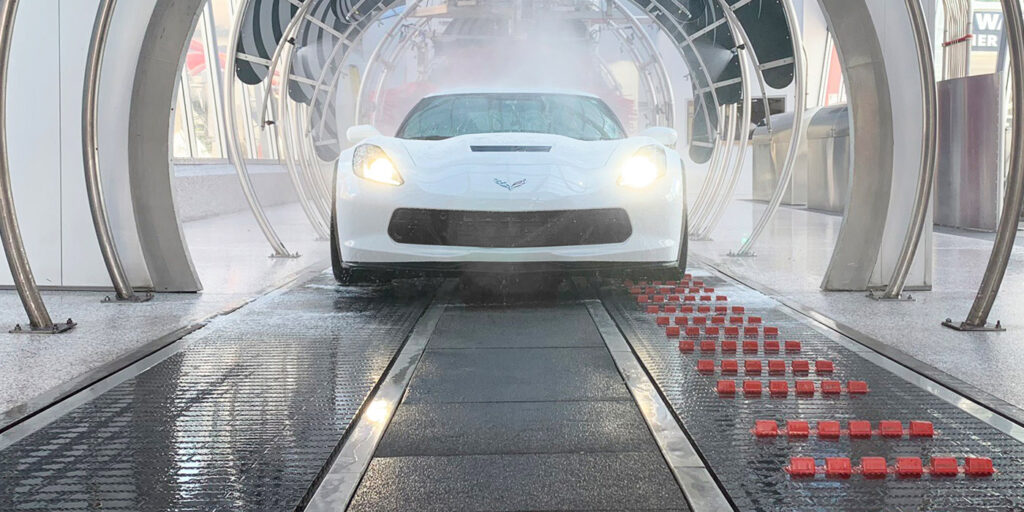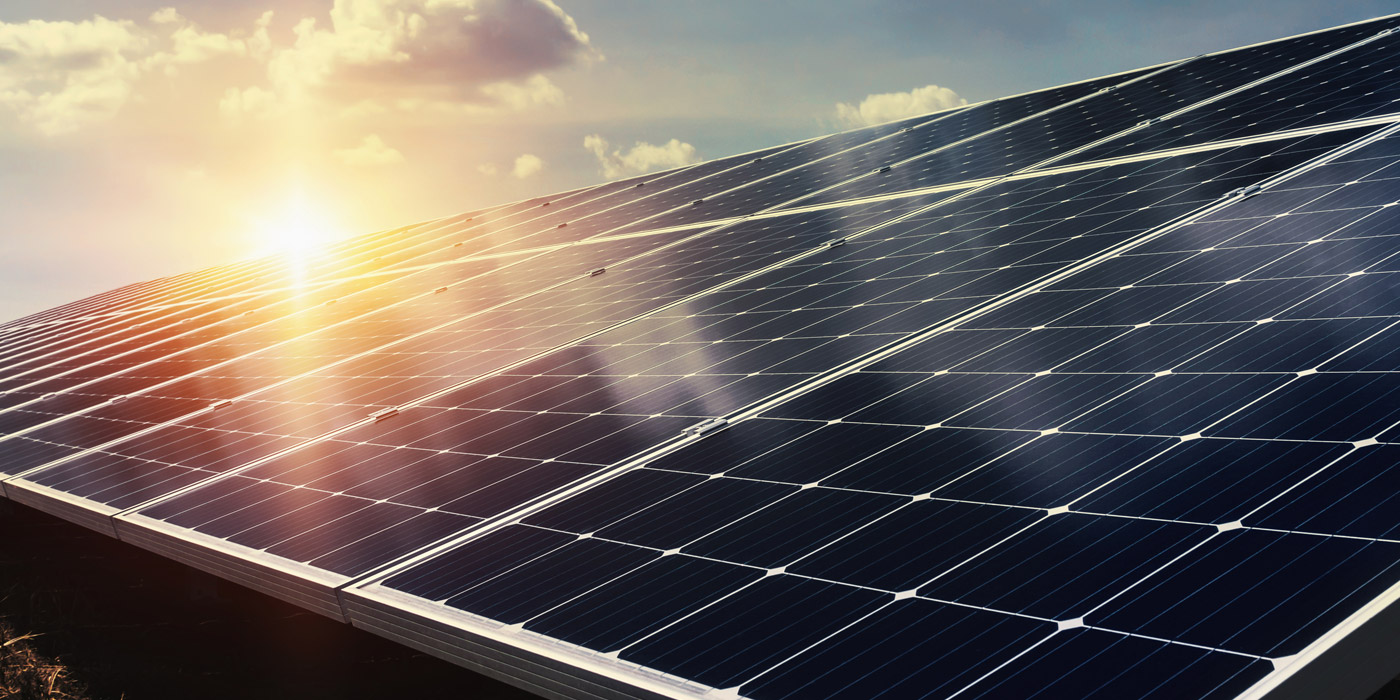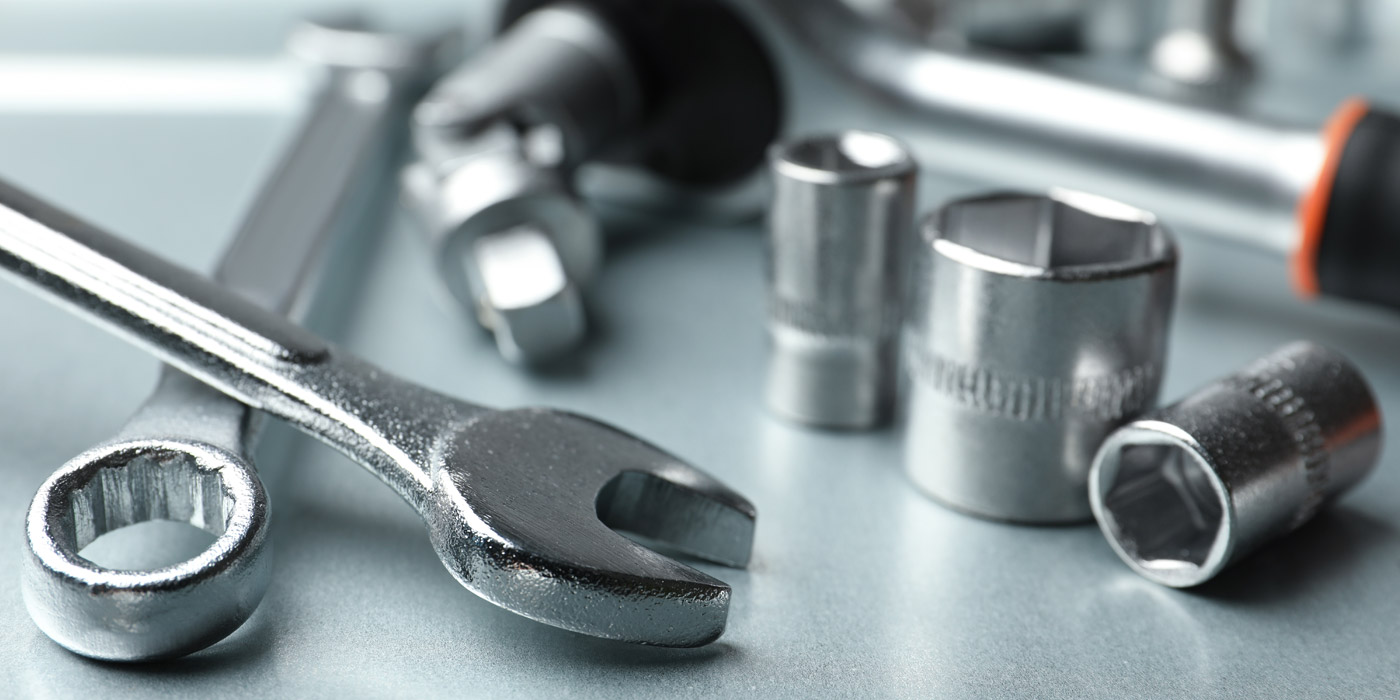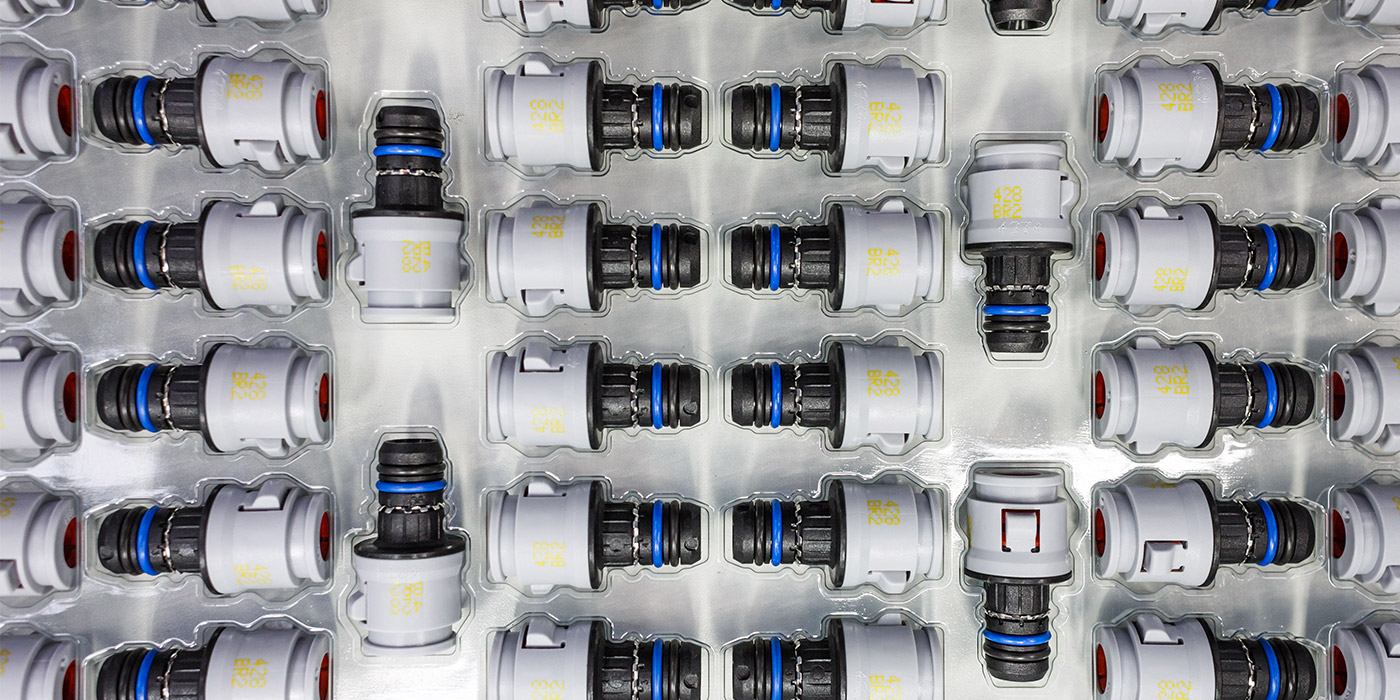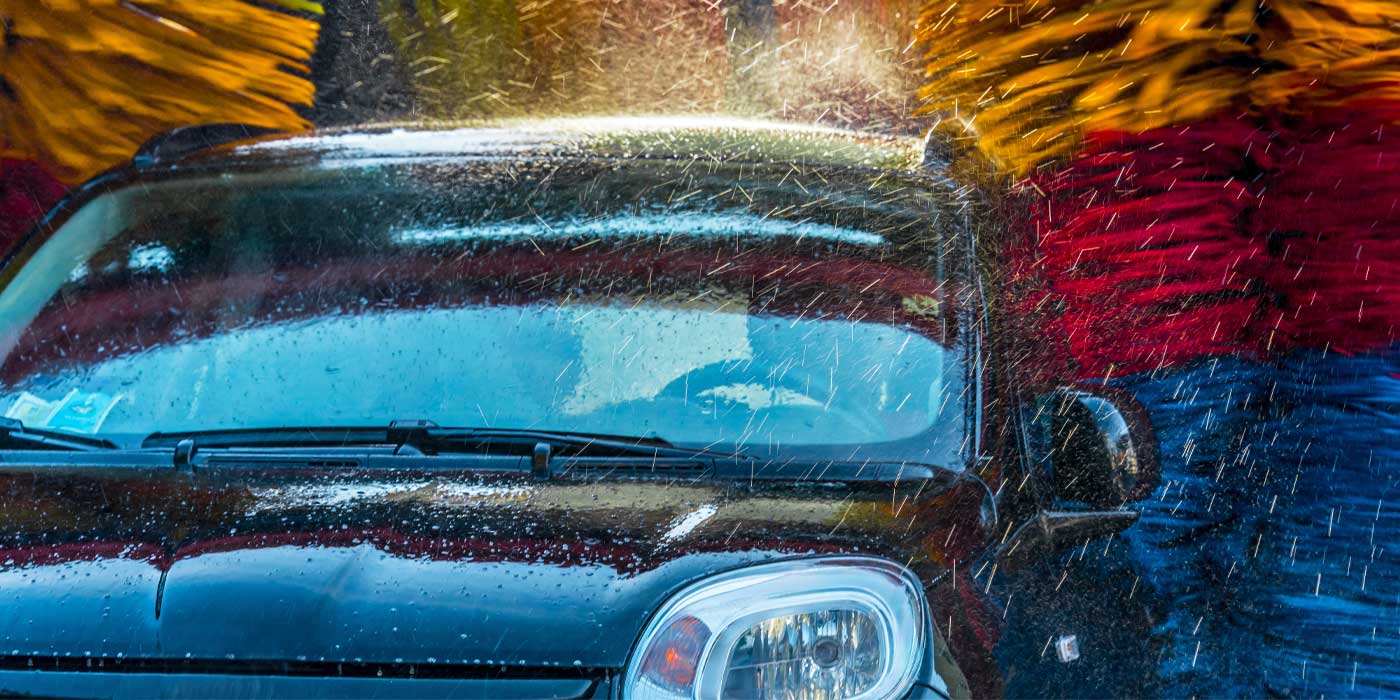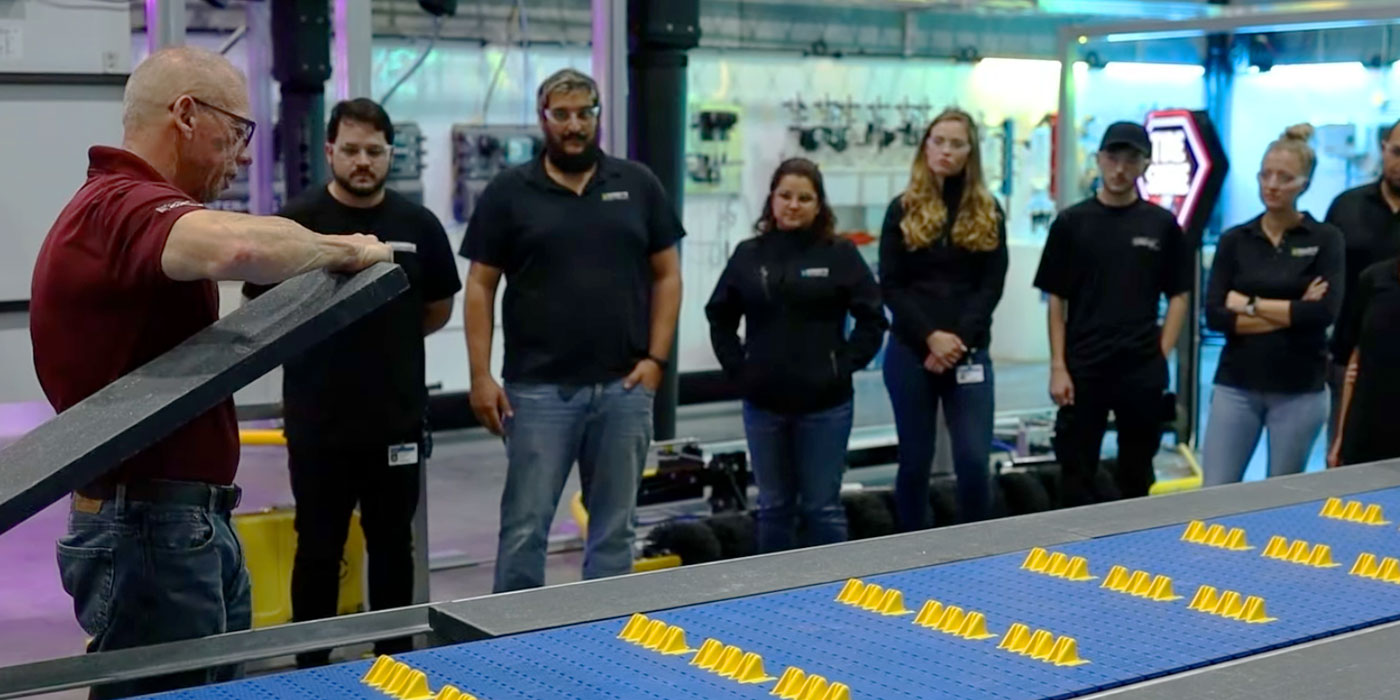Reclaimed water — used water that is reconditioned and reused — isn’t new to the carwash industry. Countless washes utilize reclaim for the obvious benefits, namely lower water and sewer costs, higher profits, less waste and it’s good for the environment.
However, even with all these great benefits, some washes haven’t adopted the use of reclaim water, mainly for two reasons: water quality (dirt, color, etc.) and smell. These reasons no longer “hold water” (pun absolutely intended). Innovations and improvements in the reclaim market have virtually eliminated them. The reclaim process can and will produce clean, clear and odor-free recycled water.
Smells like success
An unpleasant odor has long been associated with reclaimed water. The use of reclaim water can provide numerous financial and environmental benefits to a carwash operator, but all those positives are for nothing if the water stinks. You can literally smell — or not smell — the success of properly reclaimed, odor-free water. A crucial two-part solution is key to eliminating odor during the reclamation process — circulation with aeration. Essentially, you want the water to always keep moving (circulation) while passing air through the water to improve the dissolved oxygen levels in all stored water (aeration).
Circulation capabilities are a major factor when choosing the right reclaim system for your wash. It’s extremely important to have all your stored water in the circulation loop. It’s important enough to repeat … 100% of your stored water must be in circulation.
Odor-generating microorganisms are killed by normal atmospheric concentrations of oxygen (greater than 20.95%).
In as little as 20 minutes, stagnant water creates an odor-generating bacteria once oxygen levels start dropping. Your system should also circulate while filtering every drop of stored water an average of roughly once an hour to maintain a consistent level of oxygen and optimal water quality.
Healthy water should have dissolved oxygen concentrations above 6.5-8 milligrams per liter and between 80% and 100%.
It’s also important to minimize the volume of water that’s outside the tanks and not easily circulated. This includes direct feeding high-pressure pumps with reclaim water instead of using the supplied storage tanks. The storage tanks can be used for freshwater back-up if needed and pumped directly with an optional adapter that can select reclaim or freshwater on-demand. This significantly reduces stored reclaim water out of circulation, which can quickly be purged during the day’s first wet-down.
Oxidation is another major part of the reclaim process. Our studies show maximizing the dissolved oxygen levels to greater than 80% reduces odor-creating bacteria. Additional enhanced oxidizers, such as the use of ozone, further benefit your water quality with improved color, clarity, sanitization and management of bad bacteria, including E.coli.
Cleaner and clearer water
The other factor that’s long held carwash operators back from adopting reclaim is water quality. Reclaim water has received a bad reputation for being “dirty water.” But that’s no longer the case thanks to continued improvements and innovations that result in reclaim water that’s free of dirt particles and ready to supply your wash.
Water cleanliness is measured in microns, which quantifies the size of particles remaining in the water or what has been filtered out during the recycling process. Ideally, the number of microns should be as close to zero as possible. We can’t quite get to zero yet, but advancements can now consistently produce reclaim water in the neighborhood of five microns.
Pumps can typically operate with particles sizes from 25-75 microns, so getting down to five microns greatly reduces wear on mechanical equipment while also greatly reducing the amount of dirt being sprayed into the bay. This keeps the equipment, the walls and the cars much cleaner, improving all-around appearance and customer satisfaction.
This is accomplished with an efficient two-step process that begins with properly-sized tanks. The tanks provide an efficient first point of separation between the heavier solids and lighter oils, waxes and some chemistry. Gravity and time become the two operating parameters in this process. Optimal tanking volume for reclaim water storage and separation includes multiple points of separation to prevent contaminants from passing from compartment to compartment, along with enough volume for the total water flow to stay in storage for an average of 45 minutes.
The points of separation, or crossovers, allow the water to flow through while holding back solutions lighter than water (oils, waxes and some lubrications), while the solids fall out over time. At the end of the process, the water should be free of solutions lighter than water and suspended solids sized 100 microns or less.
With enough time and water volume, we could get to the desired goal of five microns without help, but that’s not very efficient.
That’s where the reclaim system comes in to assist gravity through the amplifying abilities of a hydro-cyclone.
Reclaim carwash water systems, and the integrated use of hydro-cyclones, dramatically increase the natural forces felt on the suspended solids. The additional force (centrifugal) pushes the solids to the inside wall of the cyclone’s cone at an average speed of 40 feet per second. This process continues through the bottom of the cyclone where that speed is at its highest, and the smallest particles are separated. The separated particles flow out through the bottom of the cyclone, while the cleaner water flows up the core, or vortex, and out the top for use in the carwash.
Particle separation can only be maximized when the water’s velocity in the cyclone, as well as pressure across the cyclones, are managed to optimal specifications. Failure to reach optimal water flow will result in compromised and unpredictable water quality.
This is also where a correctly sized reclaim system is key to the operation’s overall success. The reclaim output and average requirement of the carwash must be closely matched. Bigger is not better when it comes to cyclones. An oversized reclaim system will never reach the hydro-cyclone’s optimal performance. As the water speed drops through the cyclones, so does the centrifugal forces needed to create particle separation. If the flow drops too far, the efficiency and overall ability to separate solids is lost.
The cleanest water will be produced by a reclaim system that operates at volumes greater than 80% of its total flow rate. A system accurately sized for your needs is critical to optimize performance.
The use of cyclones for particle separation is not new to the reclaim process, or the carwash industry. Advancements come from improved control. Extensive research and proven practices have revealed that the speed of water through the cyclones is critical to the development of centrifugal forces. The pressure differential between the inlet and underflow is critical in the development of the center core (vortex) of the hydro-cyclone. The underflow needs to be near atmospheric pressures to allow the dirt to flow out, while the vortex pulls air in. While all this is happening, the output must also maintain elevated pressure to deliver the reclaimed water to your wash applications.
The new normal
It’s hard to generalize all the engineering work that went into the simple process of removing dirt from water while simultaneously managing oxygen levels. But, the next generation of units create a new level for dirt-free, odor-free water suitable for use with all your equipment as well as throughout your carwash.
To recap:
• Correctly sized tanking creates crossover points to separate lighter fluids and enough volume to support settling time for solids.
• Circulation with aeration and oxidization both cleans water and elevates oxygen levels.
• Ozone improves clarity as well as bacteria reduction.
• Optimized cyclone performance through advance-process engineering ensures the reclaimed water meets — or exceeds — expectations.
Thanks to these advancements, today’s reclaim process emphatically answers any lingering questions about water quality, dirt and odor.
Jay Dayak is the vice president of engineering and Ted LaVigne is the vice president for Sonny’s CarWash Water by Velocity Water Works.

